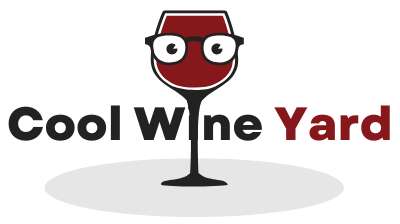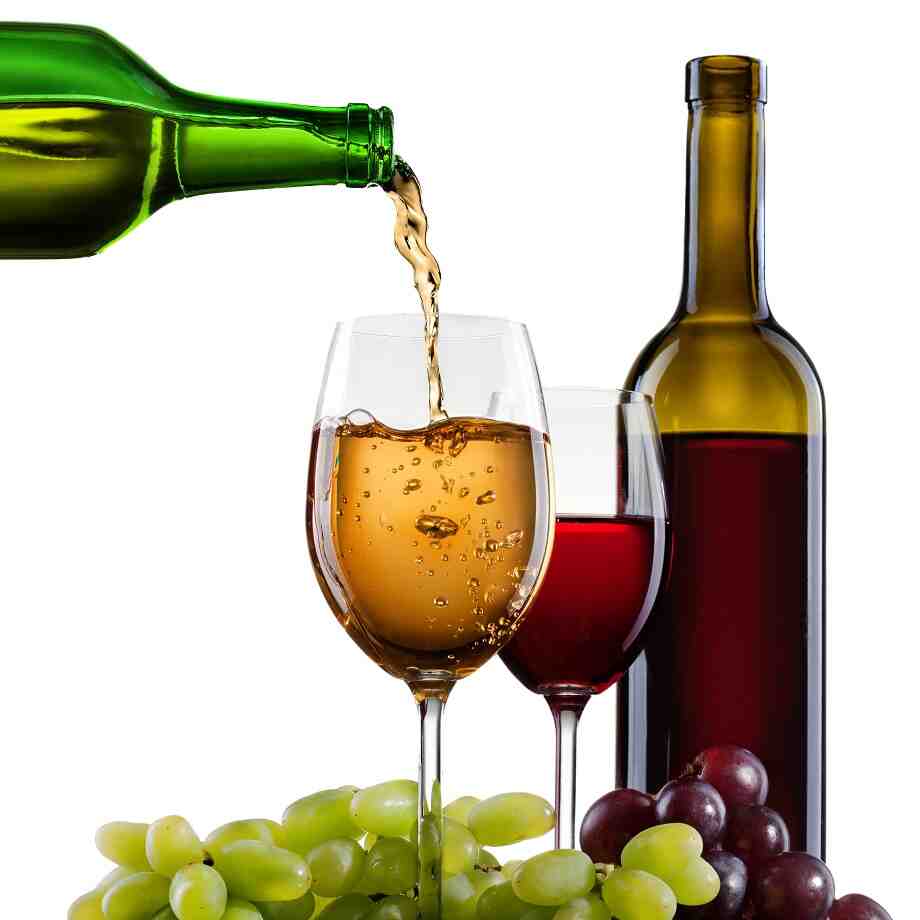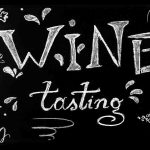How to Read and Understand a Wine List
Navigating a wine list can feel intimidating, especially if you’re not familiar with the vast array of options available. Whether you’re at a fine-dining restaurant, a casual bistro, or a wine bar, understanding how to read a wine list will not only help you feel more confident but also ensure you make a choice that suits your tastes and meal. This guide will walk you through the key elements of a wine list, helping you understand wine regions, labels, and terminology so you can choose the perfect bottle for any occasion.
1. Understand the Structure of a Wine List
Wine lists are typically organized in one of two ways: by type or by region. Some establishments combine both methods for clarity. Here’s a breakdown of common structures:
- By Type (Varietal): Many wine lists group wines by their type—red, white, rosé, sparkling, and dessert wines. Within each section, wines may be further broken down by varietal (the type of grape used). For example, you might find Cabernet Sauvignon, Merlot, or Pinot Noir listed under reds and Chardonnay, Sauvignon Blanc, or Riesling under whites.
- By Region: Other wine lists organize wines by the region they come from. This could include well-known wine-producing areas like Bordeaux, Napa Valley, Tuscany, or Mendoza. Regional organization can give you a sense of the terroir, which is the unique combination of soil, climate, and geography that influences the flavor of the wine.
Some lists might also break down the wines by price range or vintage (the year the wine was produced), making it easier for you to find wines within your budget or taste preferences.
2. Understanding Wine Terminology
Familiarizing yourself with common wine terminology will help you understand the descriptions on a wine list. Here are some key terms you might encounter:
- Varietal: This refers to the type of grape used to make the wine. Common varietals include Cabernet Sauvignon, Merlot, Pinot Noir, Chardonnay, and Sauvignon Blanc. The varietal gives an idea of the wine’s flavor profile and characteristics.
- Vintage: The vintage is the year the grapes were harvested and the wine was produced. While some wines are made to be consumed young, others benefit from aging and might taste better after a few years in the bottle. Wine lists often list the vintage next to the wine’s name.
- Terroir: This term refers to the combination of climate, soil, and geography that influences the taste and quality of the grapes. The concept of terroir is particularly important when wines are organized by region, as the same varietal may taste different depending on where it is grown.
- Body: The body of a wine describes its weight or fullness in your mouth. Wines can be light-bodied (think of a delicate white like Pinot Grigio), medium-bodied (like a balanced Merlot), or full-bodied (such as a rich Cabernet Sauvignon). The body is determined by factors like alcohol content, sugar levels, and tannin structure.
- Tannins: Tannins are natural compounds found in grape skins, seeds, and stems. They give red wines their astringency and structure. Wines with higher tannin levels, like Cabernet Sauvignon or Syrah, can have a more robust mouthfeel and may benefit from aging.
- Acidity: Acidity refers to the tartness or crispness in a wine. Wines with high acidity, such as Sauvignon Blanc or Champagne, can taste fresh and bright. Acidity can help balance sweetness in a wine and is important for food pairings.
- Finish: The finish refers to the lingering taste left on your palate after swallowing. A long, pleasant finish is often considered a sign of a high-quality wine.
3. Reading Wine Descriptions on a List
Many wine lists will provide brief descriptions of the wines, and these can help guide your choice. The description often includes information about the flavor profile, body, and aromas. Here’s how to interpret these elements:
- Flavors and Aromas: Descriptions might mention common flavors and aromas that you might expect from the wine. For example, a Cabernet Sauvignon might be described as having notes of blackberry, tobacco, and leather, while a Chardonnay might include aromas of apple, vanilla, and butter. These descriptions are meant to give you an idea of what the wine might taste like but can vary depending on factors like aging and the winemaker’s style.
- Style: Some wines are described by their style or winemaking process. A New World wine (like one from Napa Valley) may have a riper, fruit-forward style, while an Old World wine (like one from Bordeaux) might be more restrained and earthy. The description may also mention whether the wine has been oak-aged, which can impart flavors like vanilla, spice, or smokiness.
- Pairing Suggestions: In some cases, wine lists include brief food pairing suggestions to guide you in making a choice that complements your meal. For example, a Pinot Noir might be paired with salmon or roasted chicken, while a Zinfandel might be suggested with barbecue or grilled meats.
4. Decoding Wine Pricing
Wine pricing can vary greatly, depending on factors like region, grape variety, and vintage. Here are a few tips to help you understand the pricing structure:
- Mark-up: Restaurants typically mark up the cost of wine to cover their overhead and profit margin. It’s not unusual to see a bottle of wine priced 2-3 times its retail value. However, this mark-up can vary depending on the type of establishment, with fine-dining restaurants usually having higher mark-ups than casual ones.
- By the Glass vs. By the Bottle: Some wine lists offer wines by the glass, which is a great way to try something new without committing to an entire bottle. When ordering by the glass, keep in mind that the per-glass price may be higher than the per-bottle price when divided.
- Price Tiers: Many wine lists have a tiered structure, with budget-friendly options at the top and premium wines at the bottom. It’s helpful to look for wines within your desired price range and be aware that some wines are priced higher due to their rarity, reputation, or aging potential.
5. How to Make Your Selection
Once you’ve familiarized yourself with the wine list and its terminology, it’s time to choose a wine that fits your preferences and the meal you’re having. Here are a few tips to help with the decision-making process:
- Consider the Meal: If you’re having seafood or poultry, a light, crisp white wine like Sauvignon Blanc or Chablis might be a good choice. For richer meats like beef or lamb, go for a full-bodied red like Cabernet Sauvignon or Syrah. If you’re in the mood for something refreshing, a rosé or sparkling wine can be a great choice for appetizers or lighter dishes.
- Experiment with Regions: If you’re familiar with a particular grape variety, try exploring wines from different regions. For example, a Pinot Noir from Burgundy (France) will taste different than one from California’s Sonoma County due to differences in terroir.
- Ask the Sommelier or Server: If you’re still unsure or want personalized recommendations, don’t hesitate to ask the sommelier or server. They are trained to help you find the perfect wine to match your taste and meal.
- Trust Your Taste: Ultimately, wine is about personal preference. If you enjoy a particular style or flavor profile, trust your instincts. Wine lists are designed to be accessible, and there’s no right or wrong choice when it comes to what you like to drink.
Conclusion
Reading and understanding a wine list doesn’t have to be overwhelming. By familiarizing yourself with wine terminology, recognizing the structure of the list, and knowing how to interpret descriptions and pricing, you can feel more confident when selecting a wine. Whether you’re a novice or a seasoned wine lover, the key is to have fun with the process and explore new wines that suit your tastes and dining experience. With these tips, you’ll be navigating wine lists like a pro in no time. Cheers!











